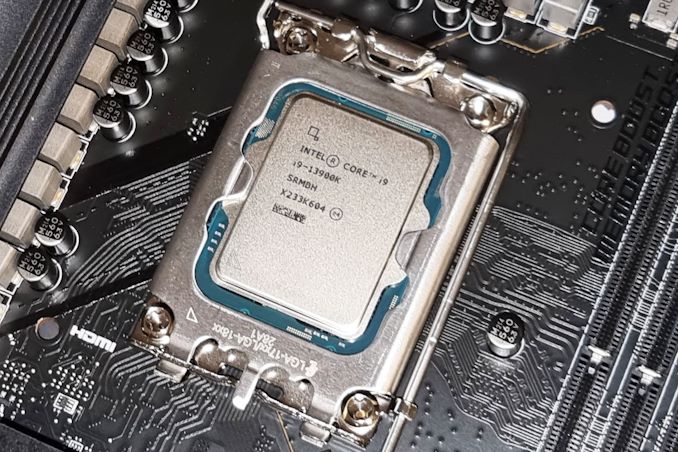- Joined
- Dec 25, 2020
- Messages
- 8,561 (5.30/day)
- Location
- São Paulo, Brazil
| Processor | 13th Gen Intel Core i9-13900KS |
|---|---|
| Motherboard | ASUS ROG Maximus Z790 Apex Encore |
| Cooling | Pichau Lunara ARGB 360 + Honeywell PTM7950 |
| Memory | 32 GB G.Skill Trident Z5 RGB @ 7600 MT/s |
| Video Card(s) | Palit GameRock OC GeForce RTX 5090 32 GB |
| Storage | 500 GB WD Black SN750 + 4x 300 GB WD VelociRaptor WD3000HLFS HDDs |
| Display(s) | 55-inch LG G3 OLED |
| Case | Cooler Master MasterFrame 700 benchtable |
| Power Supply | EVGA 1300 G2 1.3kW 80+ Gold |
| Mouse | Microsoft Classic IntelliMouse |
| Keyboard | IBM Model M type 1391405 |
| Software | Windows 10 Pro 22H2 |
| Benchmark Scores | I pulled a Qiqi~ |
Come on W1zzard!!! AMD putting 3D V Cache on BOTH CCD's of a Ryzen 9 X3D part would NOT HELP GAMING PERFORMANCE or make them better parts! It would actually make it WORSE due to the cross-CCD I/O die out & back latency penalty, which almost always negates any & all advantages of running a game on >8-cores.
It absolutely will, the cross-CCD latency penalty affects the current hybrid system and this is why AMD literally had to write a custom scheduler driver. Having dual X3D CCDs would correct this scheduling problem by nature of the processor. Ryzen currently lacks hardware thread scheduling capability of Alder and Raptor Lake.
The true reason we don't get dual X3D Ryzens is that AMD wants to protect their high-end server business. Processors with that much cache fetch thousands upon thousands on the EPYC segment.








